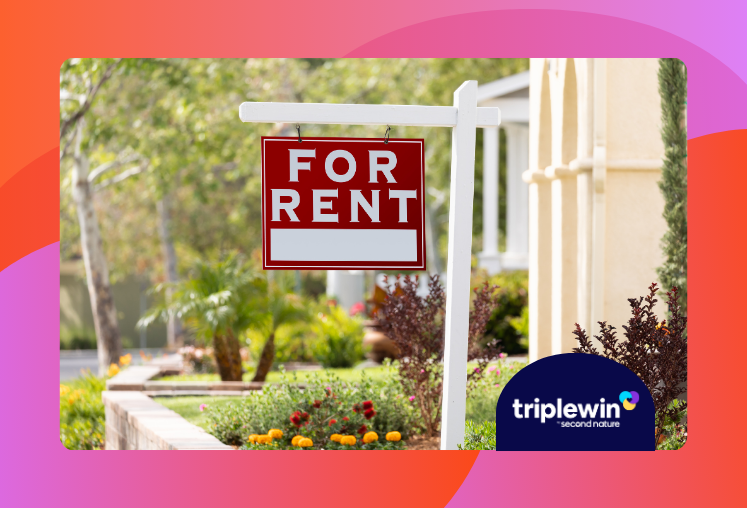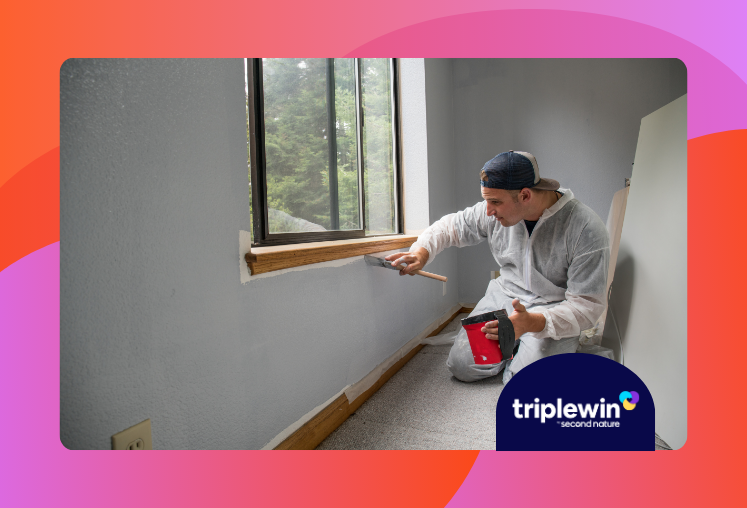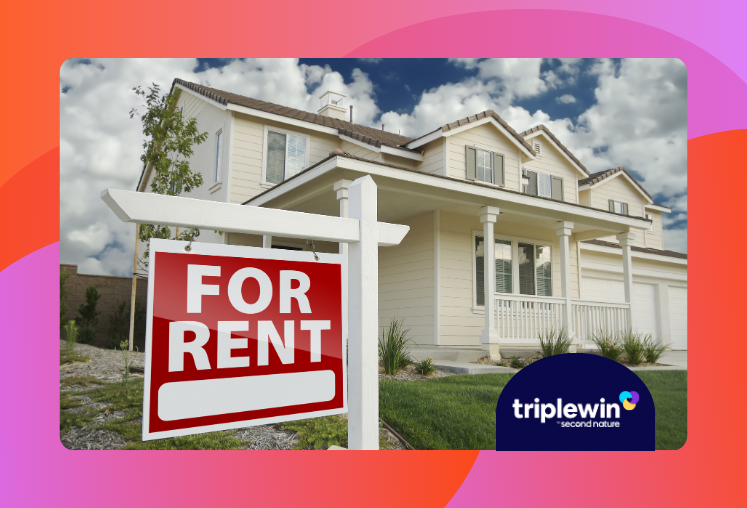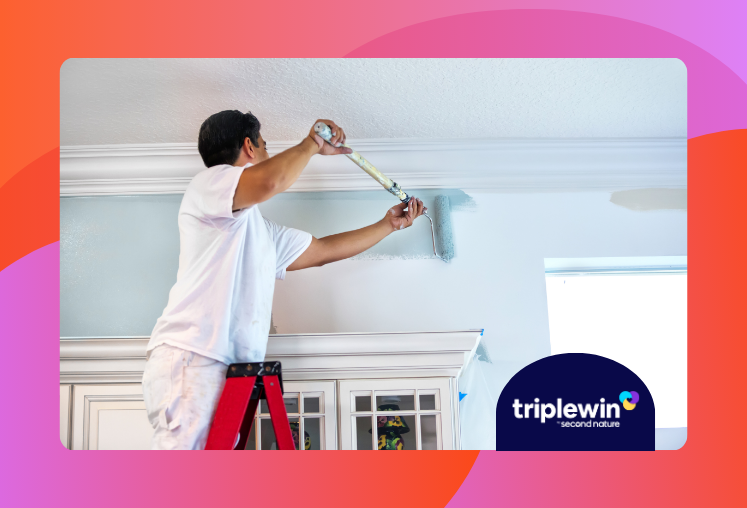
Turning Resident Feedback into Retention
When I work with property management companies looking to improve their sales and operations, resident retention is one of the top priorities. Property managers have to ask themselves, “how can we make the resident experience a positive one so that residents will want to renew their lease time and time again?” The key? Listening. Hear what your residents are saying, communicate proactively, and make changes to your processes to deliver a top-tier experience. Reviews are one key type of feedback, but they’re only one piece of the puzzle. You have to be leading with a great experience, teasing out feedback from all of your communications, and actively soliciting input. The result will be fewer vacancies and a boost to your bottom line. Communication is core to your resident relationships If you want to understand resident feedback, deliver a better experience, and increase retention, you need to invest in communication—and that doesn’t just mean automated rent due date reminders and maintenance notifications. Start by shifting your thinking. Most property managers are communicating to their residents, but they’re not really listening to the communications they get back. You need to start by opening a proactive communication loop, especially around any interaction that could potentially be a negative one. Think about mid-lease inspections, preventative maintenance work, or changes to your processes. You need to not only communicate these out, but also be open to the responses that your residents have. The more positive interactions you have with your residents, the less likely they are to jump to the defensive when you reach out. You don’t want them to have a pavlovian stress response any time they see your name in their inbox. Instead, you want to build a genuine rapport with positive communications and updates, so that your residents are actually happy to see an email or text from you. When you have that open communication loop, residents are more likely to contact you when there’s something wrong with the property. Residents aren’t afraid they’re going to get in trouble; they know they’ll be appreciated for bringing things to your attention early. Plus, it means residents aren’t turning to public reviews as a way of communicating with you, which we’ll talk about in a little bit. Communicate through the good and the bad It’s important to be ready to communicate through both the good times and the bad. If you perform a mid-lease inspection, something that can be disruptive and stressful for residents, follow up by letting them know how everything went, and thanking them for the great care they’re taking of your property. This can be automated pretty easily, but it still feels like a very personal touch that helps build trust with your residents. And if something negative happens—say a resident pays late—use it as a reset moment. Once they’re caught up, close the loop with a quick, friendly message. Let them know you appreciate them taking care of it and that you’re moving forward on good terms. That’s how you turn tough moments into trust-building opportunities. Prepare for the worst Part of maintaining positive communication is also being prepared for worst-case scenarios. No matter how rare, emergencies are an inevitable part of property management. It is essential to have the infrastructure to respond quickly and clearly communicate updates to your resident, give them reassurance that you’re resolving the issue, and make them as comfortable as possible through the process. A huge part of this is having a team that’s not constantly burned out. If your team has a reasonably sized workload, they’re more capable of jumping into action when something big happens. That’s true across companies of all sizes. It doesn’t matter how many doors you’re managing, it matters how much work you’re putting on each team member. Don’t be afraid of feedback Building an open line of communication is invaluable, but there are times when you also need direct feedback from your residents. Maybe you’re trying to get more information on something that went wrong, or maybe you’re trying to quantify how well a process is working. Whatever the reason, sometimes soliciting feedback is important. At PM PathBuilders, we definitely recommend requesting feedback after key resident interactions like maintenance or inspections. Did a resident get a pet mid-lease and you had to get their pet registered, take a pet deposit, or set up a pet portal? Ask them how it’s working out 30 or 60 days later! Did a resident have a lease violation that you had to address? Ask for input on how you handled it! I’m also a huge advocate for task management software and automating communications where possible. For that reason, I’d definitely recommend automating requests for feedback after these kinds of events. That said, the second you get negative feedback, you should be prepared to jump in with manual intervention. No one wants to send an email or leave a voicemail saying they’re upset or something went wrong, only to receive an automated response that doesn’t help with anything. Not only does it frustrate your residents, it also tends to leave them thinking, “How many people do you have that are upset with me that you don’t even have the time to talk to me?” And hopefully that isn’t the case. Reviews don’t exist in a vacuum If you’re running an effective communication cycle and actively soliciting feedback, hopefully residents aren’t turning to reviews as a way to get your attention. A lot of management companies will say that if you’re getting bad reviews, you’re doing your job right. I wholeheartedly disagree. I say that if you’re doing your job right, you’re communicating with your residents, setting clear expectations, and handling their problems before they feel the need to leave a bad review. It’s important to remember that reviews are almost always associated with something else that went wrong with the property. A resident doesn’t just wake up one morning and decide to leave an angry review for their property manager. It usually stems from an unaddressed or repeated issue. Almost every negative review you get comes from a process that broke down somewhere along the way. Address the review and connect with the resident to see how you can resolve things, but also take a look inward. See where your team dropped the ball and make changes to your process to prevent the same thing from happening in the future. Reviews are some of the clearest, least filtered feedback you’re going to get. Make sure you’re listening. Listening goes a long way Regardless of how the feedback comes in, listening to it is the most important part. What’s the point in soliciting feedback if you’re just going to ignore it? Sometimes the best way to avoid vacancy is just listening sooner. Sometimes that means hearing out your resident’s question or complaint, but being transparent about why certain policies are in place (especially if those policies are tied to laws or regulations). Listening always includes owning your mistakes and being better in the future. It means owning mistakes from your team and from your vendors. Most of the time it means checking your ego at the door. Don’t get defensive, just hear out your residents and see how you can help. It always makes a difference. One important note: Taking abuse is not listening. Getting yelled at shouldn’t be part of the job. If someone’s being rude, aggressive, or abusive, you’re not going to have a productive conversation, so feel free to hang up the phone and protect your mental health. If the resident wants to communicate like an adult, they can call back later. Final thoughts Hearing and acting on feedback doesn’t happen overnight; but then again, neither does building a great property management business. You’re in this for the long haul. We don’t brush our teeth because we think they’ll fall out tomorrow - we brush them because we still want to have them in 40 years. The same goes for your feedback loops. Building better feedback loops is a long-term play, and it’s a vote of confidence in ourselves and our business. It’s making the conscious decision that you’re still going to be around and doing this for a long time. If you’re going to have a company that you want to be your legacy, why wouldn’t you set yourself up for success now?
October 9, 2025
Read more











